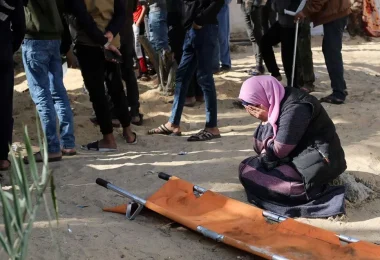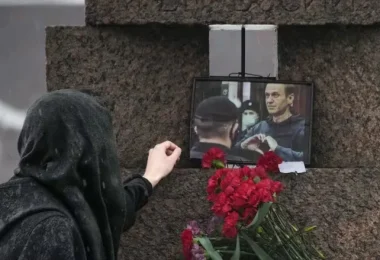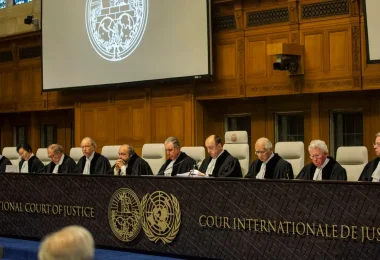Construction workers in northeastern Brazil stumbled upon a significant archaeological discovery while preparing to build a new apartment complex. In the coastal city of Sao Luis, they began finding human bones and pottery shards with smoothed edges, indicating considerable age. As excavations progressed at the site, which covers 15 acres and was previously known as Rosane’s Farm, archaeologists uncovered thousands of artifacts left by ancient peoples dating back up to 9,000 years. This remarkable find has the potential to reshape the history of human settlement in Brazil.
The lead archaeologist for the project, Wellington Lage, recalled the surprising turn of events when his company, W Lage Arqueologia, was hired by Brazilian construction giant MRV in 2019 to conduct an impact study for the apartment building’s construction site. Initially, the plot was covered in lush tropical vegetation and bordered by the urban expanse of Sao Luis.
Research revealed that intriguing vestiges had been discovered in the vicinity since the 1970s, including a fragment of a human jawbone in 1991. However, Lage’s team unearthed far more than anticipated, including stone tools, decorated shells, ceramic shards, and bones. Over the course of four years of intensive excavation, they discovered 43 human skeletons and more than 100,000 artifacts, as reported by Brazil’s Institute for National Historic and Artistic Heritage (IPHAN).
“We’ve been working four years now, and we’ve barely scratched the surface,” commented Lage, a 70-year-old native of Sao Paulo, whose family shares his passion for archaeology. The team, comprising 27 individuals, including archaeologists, chemists, a historian, and a documentary filmmaker, plans to meticulously catalogue and analyze the artifacts, put them on public display, and publish their findings.
The preliminary findings have already captured the attention of the scientific community. According to Lage, the site reveals evidence of four distinct eras of human occupation. The topmost layer corresponds to the Tupinamba people, who inhabited the region during the European colonization of Sao Luis in 1612. Below that, researchers identified a layer of artifacts characteristic of Amazon rainforest communities. Further down, a “sambaqui,” a mound used by some Indigenous groups for construction or burials, was discovered.
At a depth of approximately 6.5 feet below the surface lies another layer, associated with a group that produced rudimentary ceramics and lived around 8,000 to 9,000 years ago. This discovery surpasses the age of the oldest documented “pre-sambaqui” settlement in the region, which dates back 6,600 years.
This finding has the potential to rewrite the history not only of the region but also of Brazil as a whole. It suggests that humans settled in this part of modern-day Brazil at least 1,400 years earlier than previously believed. To obtain more precise dating, archaeologists plan to conduct isotopic analysis on the artifacts.
IPHAN described the site as a “landmark in our understanding of prehistoric Brazil,” emphasizing its significance in preserving Brazil’s memory and history. The discovery sheds light on the country’s ancestry and contributes substantially to our understanding of its origins and identity as a nation.
Arkley Bandeira, an archaeologist at the Federal University of Maranhao, which is establishing a laboratory and museum to house the artifacts with funding from MRV, highlighted the importance of this find in narrating the long history of Brazil. He emphasized how these discoveries play a pivotal role in uncovering the culture and history of ancient peoples who were lost to the past.
This discovery coincides with another significant archaeological revelation in the Amazon rainforest, where archaeologists announced the discovery of a cluster of lost cities in Ecuador.







